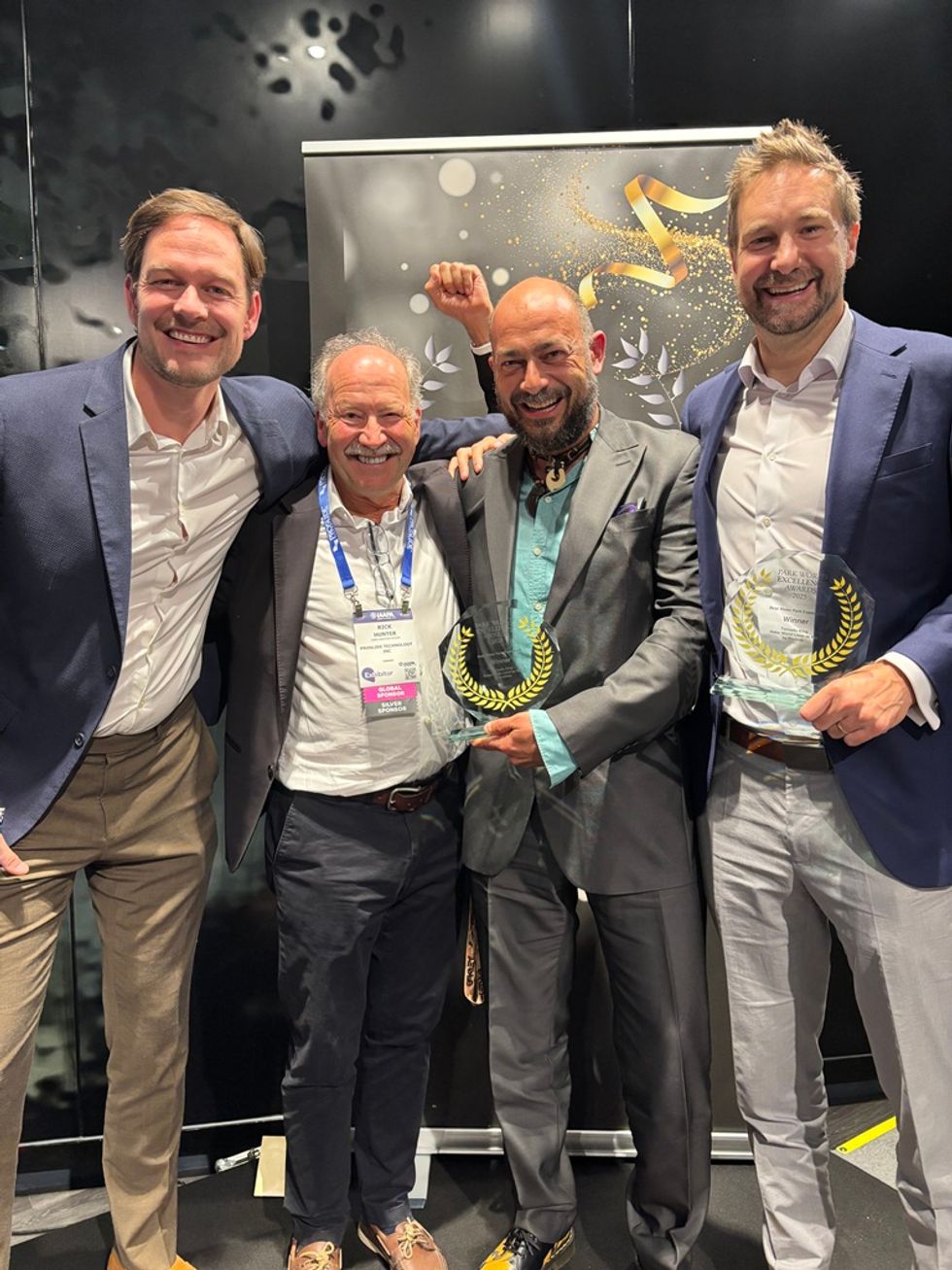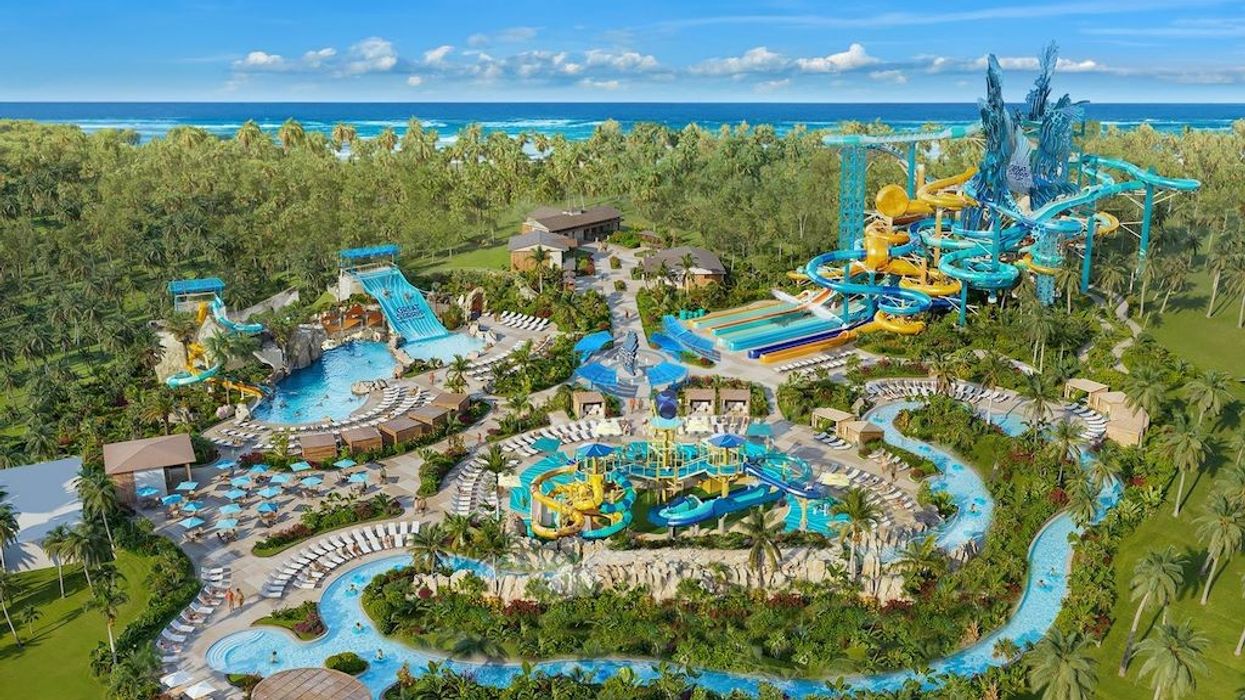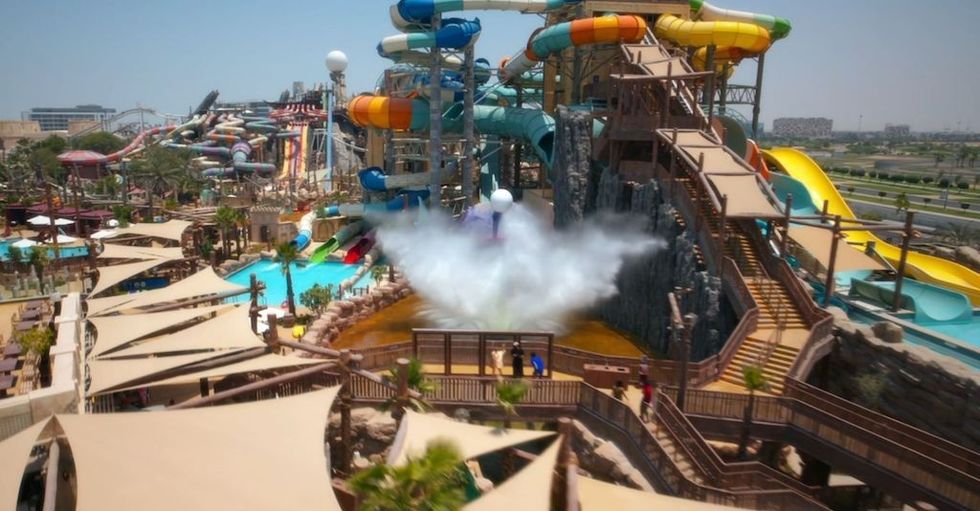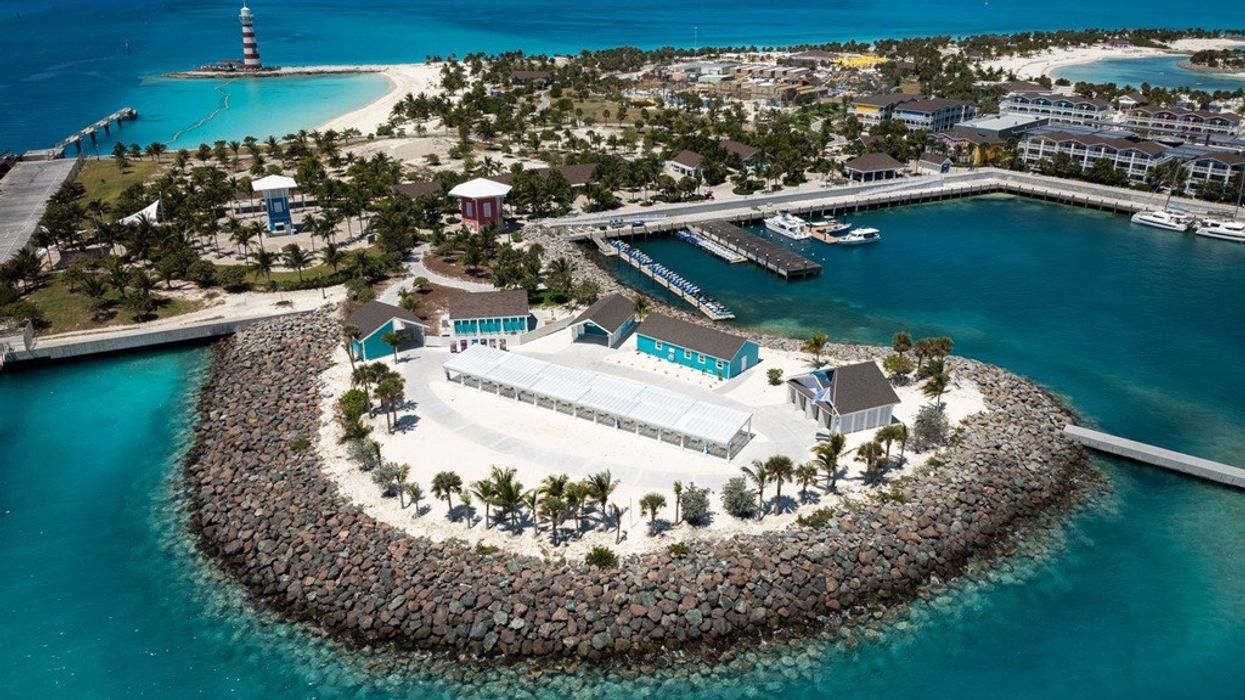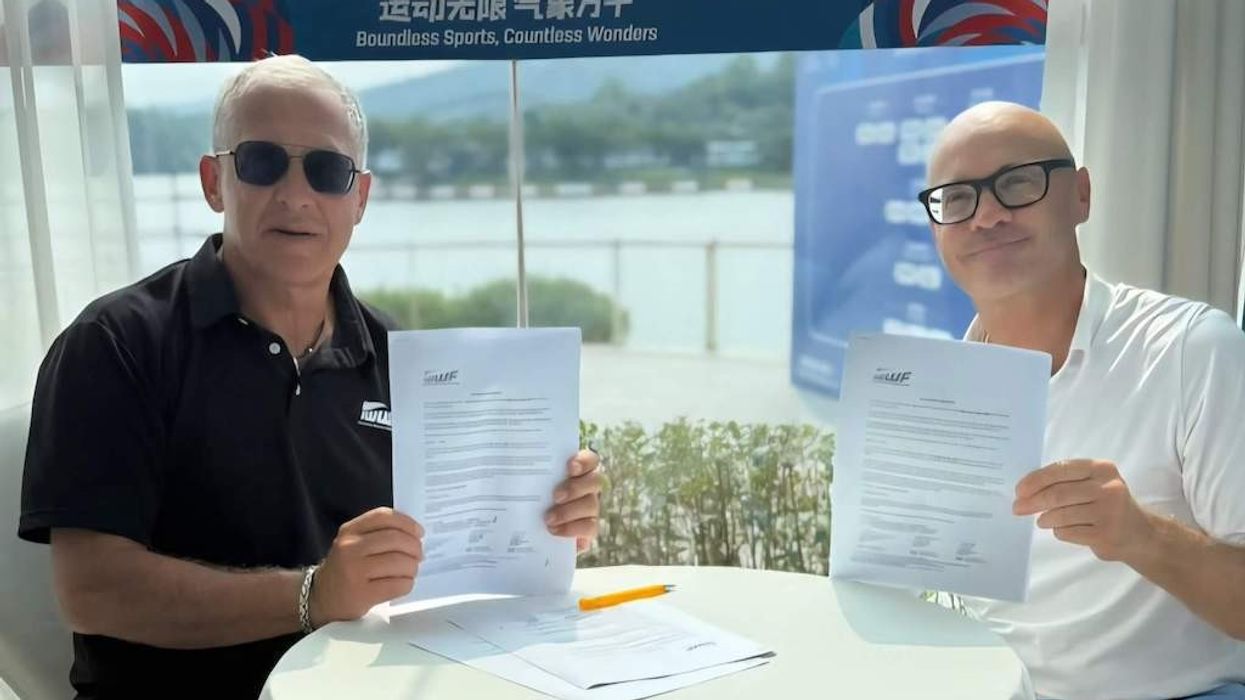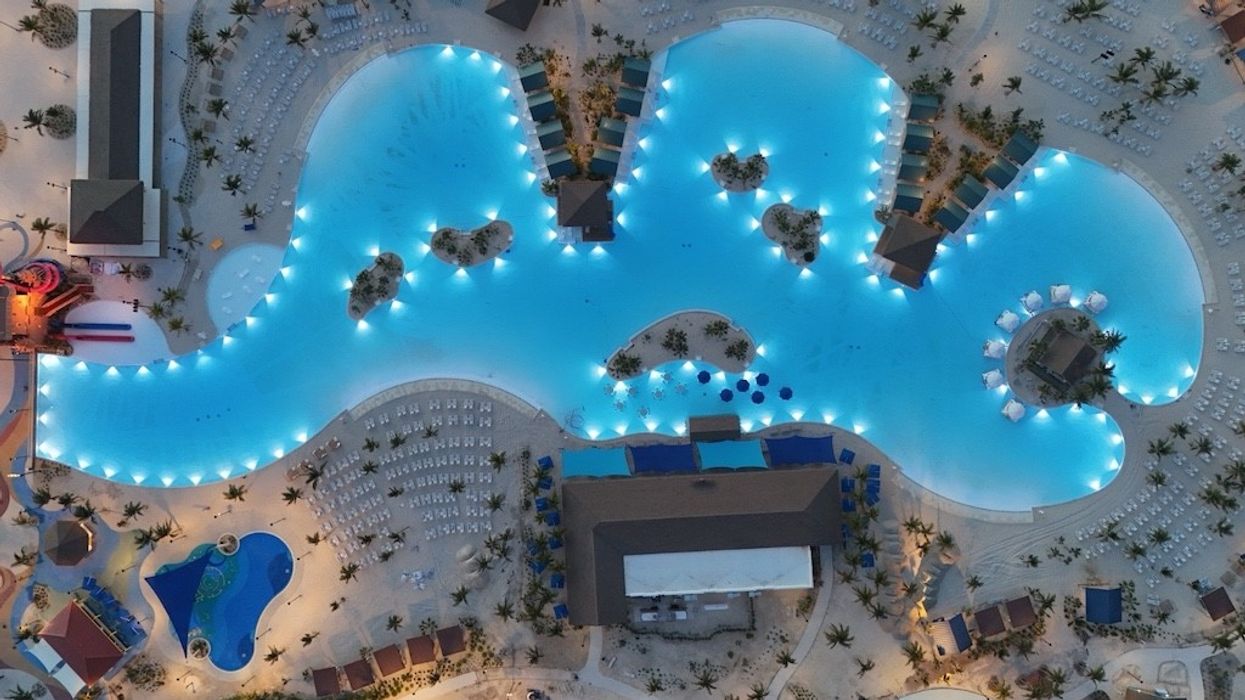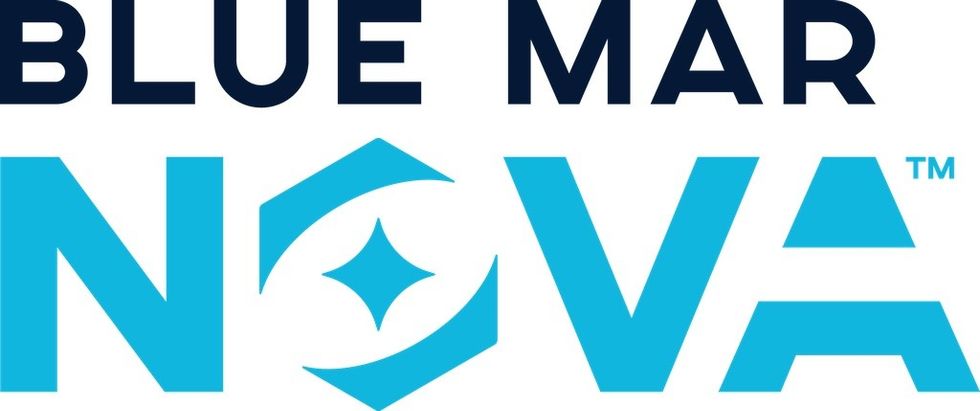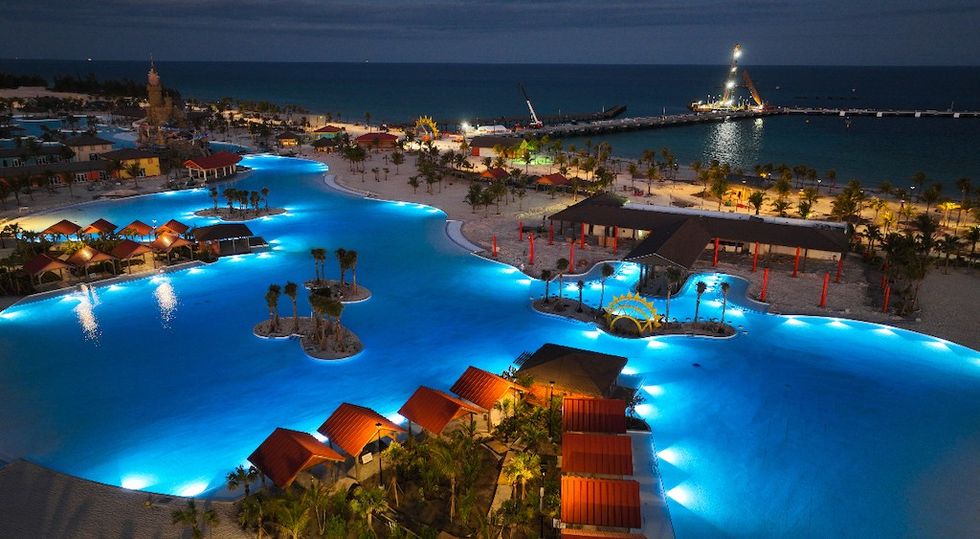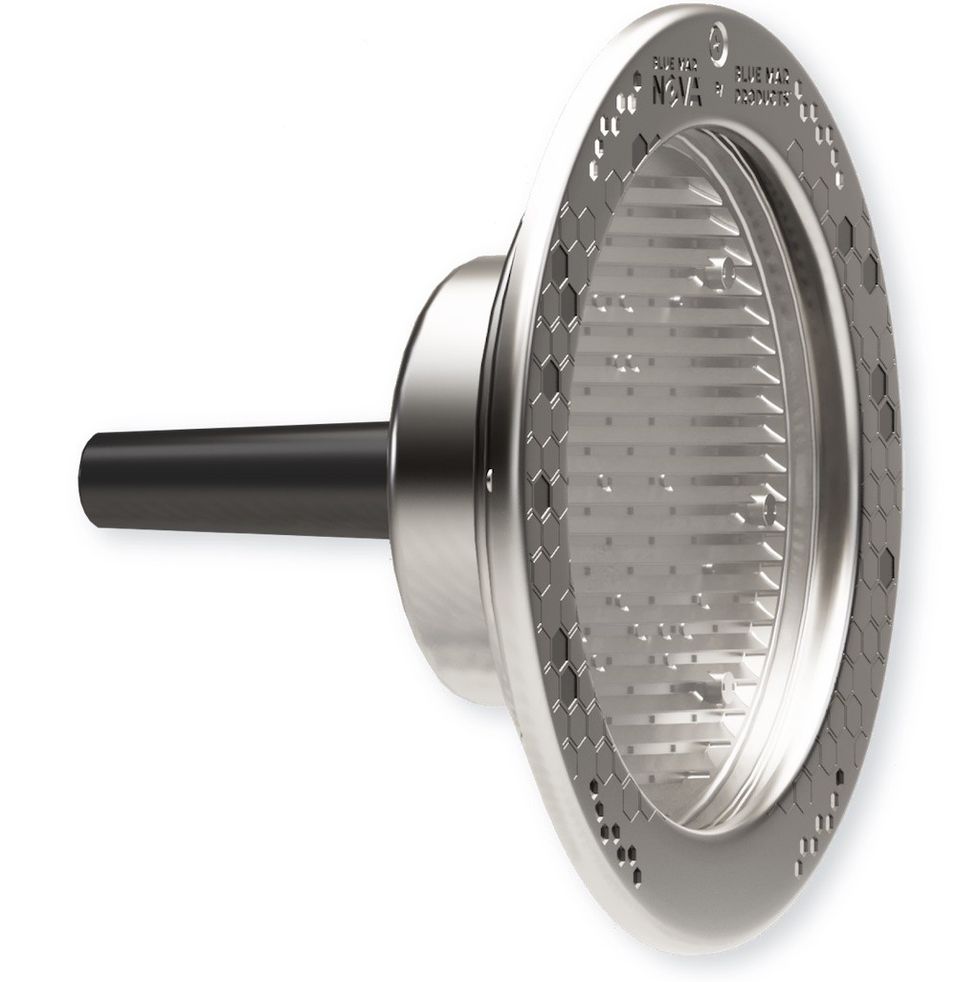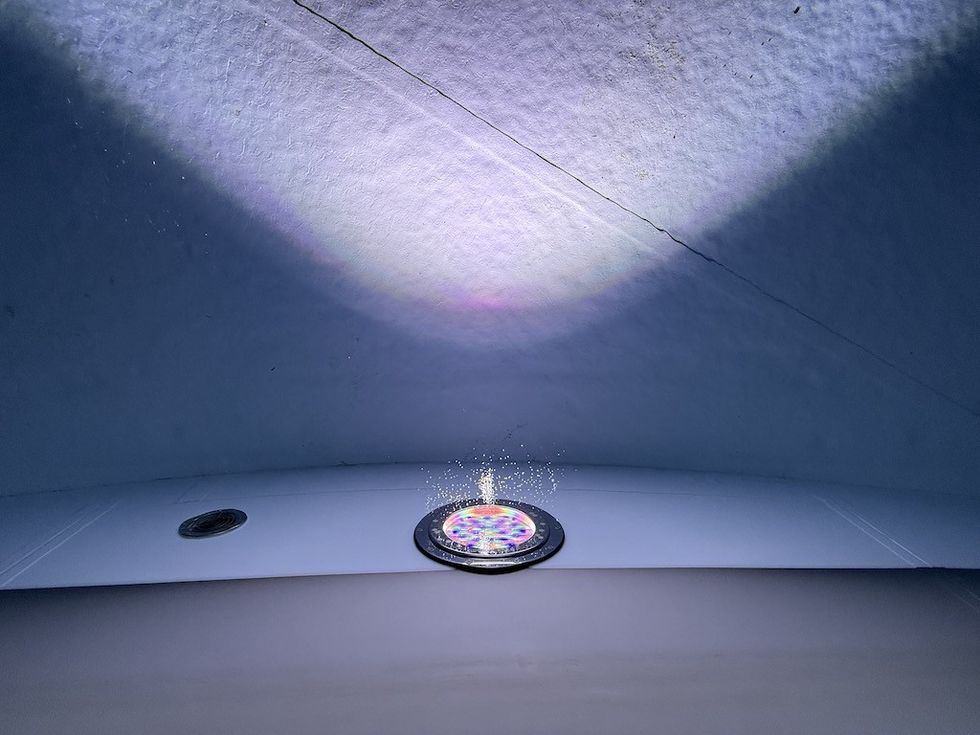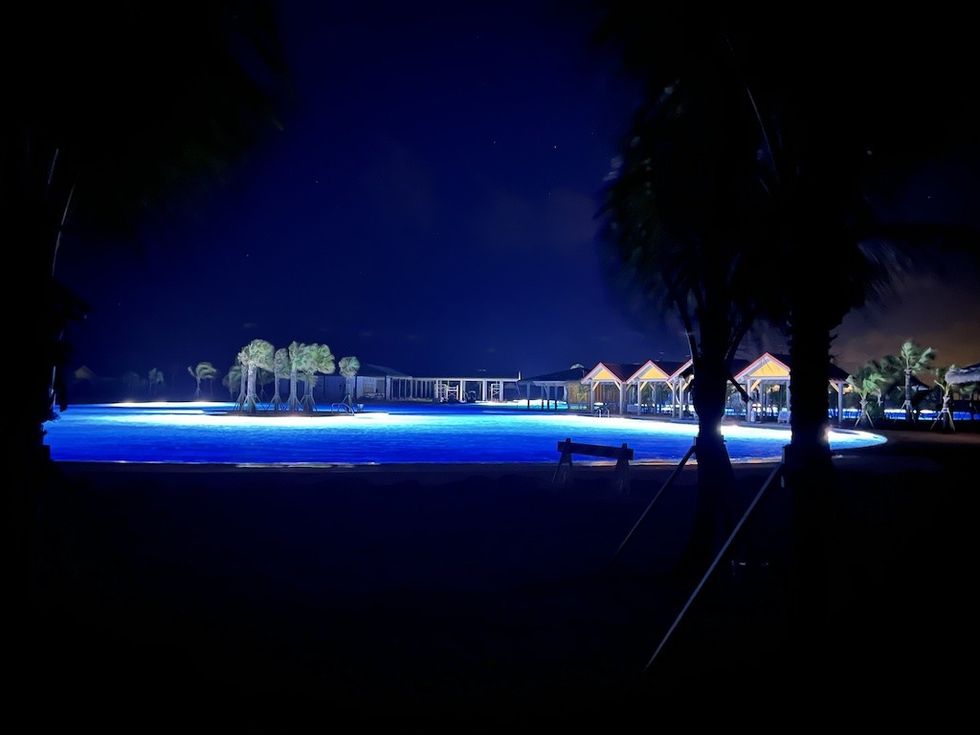Cloward H2O, an expert in aquatic design, is continuing its four-part series, Depths of Design, collaborating with Life Floor, an industry leader in aquatic safety surfacing, to take a deep dive into the aquatic industry’s most pressing issues of optimisation, safety, budgeting, sustainability and accessibility.
“Our goal is to guide you and your team toward a safe, sustainable, and cost-effective aquatic facility that fulfils both aesthetic and operational goals,” says Allen Clawson, principal and managing partner at Cloward H2O. “By considering each element discussed, your team can bring aquatic projects to life in a way that maximizes both safety and savings.”
An effective strategy for starting an aquatics project is phasing. By spreading out financial burdens over time, cash flow becomes easier to manage and aligns with available funding. This method preserves the original design's integrity and allows for future enhancements as resources become available.
Staging the project in an expensive market
Staging a project in an expensive market requires strategic planning and consideration of immediate needs and long-term goals. Breaking the project into stages mitigates financial pressure, allowing gradual resource allocation and enabling progress despite budget constraints. By prioritising essential elements and planning for future expansions, planners can balance short-term demands with overarching objectives.
Strategies for staging aquatic projects in costly markets include defining construction phases and optimising resource allocation. These methods help manage costs while preserving the project's integrity and vision.
Phasing projects to align with budgets
"Breaking down projects into manageable phases is an effective strategy that offers several benefits, particularly in the context of fluctuating market costs and budget constraints," says Clawson.
"This approach, known as project phasing, involves dividing the project into smaller, sequential stages, each with its own deliverables and timelines. By implementing project phasing, stakeholders can better manage cash flow, mitigate risks, and maintain flexibility throughout the project's lifecycle. This method allows for the early identification and resolution of potential issues, reducing the risk of costly overruns and delays."
Phasing offers flexibility to adapt to market changes, such as fluctuating material costs or labour rates, without jeopardising the project. By prioritising essential components early, stakeholders ensure core elements are completed first, allowing incremental progress. This method enhances budget management and fosters stakeholder confidence by demonstrating tangible progress at each stage.
How to implement project phasing
- Define clear objectives: set clear goals for each phase to support overall project objectives.
- Prioritise components: identify the project's most critical elements for early completion based on dependencies, regulations, or stakeholder needs.
- Develop a detailed plan: create a detailed plan for each phase, including timelines, resource allocation, and deliverables, ensuring each is achievable within budget.
- Monitor and adjust: Monitor each phase's progress and adjust as needed.
Considerations and things to watch out for
- Coordination and communication: ensure all team members and stakeholders understand the phased approach and their roles. Clear communication prevents misunderstandings and enables smooth phase transitions.
- Interdependencies: be mindful of how phases relate; issues in one can impact others.
- Quality control: implement strict quality control at every phase.
- Contingency planning: create backup strategies for every stage to tackle possible risks and unforeseen obstacles.
Prioritising essential elements versus luxury additions:
In aquatic projects, distinguish between essential elements and luxury additions. Essential elements are core components for functionality and safety, including structural integrity, water treatment systems, and safety features like slip-resistant flooring.
Luxury additions aren't critical for success. These, like decorative elements and premium materials, can be added later as projects progress with more resources. Focusing on critical elements first allows for functional operation and incremental progress while securing additional funds for later phases.
Safety surfacing is essential when budgeting for amenities. It is the largest feature at any facility, significantly affecting users, maintenance staff, and lifeguards.
"When considering phasing areas with safety surfacing, it’s important to prioritize the areas where slip and fall incidents are most common," says Gwen Schlotte, vice president of specification and strategic partnerships at Life Floor.
"Facilities will see the most benefit in prioritizing safety surfacing for high-risk areas such as walkways, slide entries/exits, and interactive water play zones. Once the initial phase is complete, facilities can plan for greater coverage in areas like locker rooms, pool decks and zero-depth entries to continue safety enhancements, streamline improvements, and present new offerings to increase return visits."
V3 Sports Center in Minneapolis showcases a phased project approach. Phase 1, completed in 2024, prioritised key community amenities, including a 6-lane, 25-metre pool and a hydrotherapy pool with Life Floor safety surfacing. This centre features the first indoor lap pool in North Minneapolis, catering to swimming lessons, exercise, and summer camps. Phase 2 will add an Olympic-sized 50-metre pool, STEAM programming, and a technology centre.
“The Life Floor gives life to the pool and the space. I haven’t seen anybody fall or slip, and we know people are going to run. The investment is worth it just by reducing the slips; when people do slip, they’re not hitting the ground as hard. It’s aesthetically pleasing and lightens up the space,” says V3 Sports Center.
Case study: balancing immediate needs with long-term goals at the Glenwood Hot Springs Renovation
Balancing immediate needs and long-term goals is key in planning large-scale projects in expensive markets like resort towns. Immediate needs include safety, functionality, and regulatory compliance, while long-term goals focus on creating a world-class facility with the desired amenities. This balance requires careful planning, strategic compromises, and clear project priorities.
A prime example of this approach was the renovation of Glenwood Hot Springs Resort in Colorado, which has recently completed Phase 3.
"Over the past seven years, Glenwood has implemented a phased development plan, carefully balancing the need to maintain revenue flow with the vision of creating an enhanced, modern facility," says Dan Aldred, associate principal and senior engineer at Cloward H2O. "By staging the project over multiple phases, Glenwood could keep the resort operational, ensuring a steady stream of visitors and revenue while gradually introducing new attractions and amenities."
The Glenwood Hot Springs renovation started with replacing equipment, safety checks, and efficiency improvements. The next phase included Hanging Lake, Shoshone Chutes, and the Grand Fountain.
Shoshone Chutes, designed by Cloward H2O, simulates rafting in Glenwood Canyon. Riders navigate fast rapids on tubes, creating an exhilarating experience. Hanging Lake features waterfalls and a zero-depth entry pool for children. Soft, slip-resistant Life Floor decking enhances safety and comfort. During the day, the Grand Fountain splash pad provides fun for all ages, while at night, it becomes an illuminated show fountain. It also recalls the original centrepiece from the pool's opening in 1888.
Recent renovations added soaking spots on the east end, with five pools opening this year, completing the resort’s third renovation phase. Cascade Waters offers soothing natural sounds, while Sacred Waters provides mountain views by day and stargazing at night. In Falling Waters, guests enjoy a water massage under the falls or the calming sounds. The Inhale pool features cold water therapy, and the Exhale pool serves as a milder contrast bath between hot baths or after Inhale.
The Inhale pool offers cold water therapy, while the Exhale cold pool provides a less extreme cold contrast bath that can provide a good transition between hot baths or after the Inhale bath.
Every renovation element highlights Glenwood’s dedication to honouring its history while meeting modern guest expectations. This blend of past and future enriches Glenwood's legacy as a premier resort.
"The phased development approach ensured that the immediate needs of safety, accessibility, and functionality do not overshadow the pursuit of an elevated guest experience and a world-class reputation," says Aldred.
"Glenwood Hot Springs' approach prioritized essential elements like safety features and initial attractions, then worked up different areas at a time. In doing so, the resort remained open and generated revenue during the renovation. This income was reinvested into subsequent phases, allowing continuous improvement and expansion without compromising the guest experience."
Glenwood Hot Springs demonstrates that large-scale goals require patience, planning, and real-time adaptability. It serves as a guide for organisations aiming to balance operational viability with long-term excellence in a changing market.
The team will discuss sustainable development in aquatic projects and the associated budgeting considerations in the next instalment of the Depth of Design series.The previous instalment explored resource optimisation in aquatic project planning.
Charlotte Coates is blooloop's editor. She is from Brighton, UK and previously worked as a librarian. She has a strong interest in arts, culture and information and graduated from the University of Sussex with a degree in English Literature. Charlotte can usually be found either with her head in a book or planning her next travel adventure.
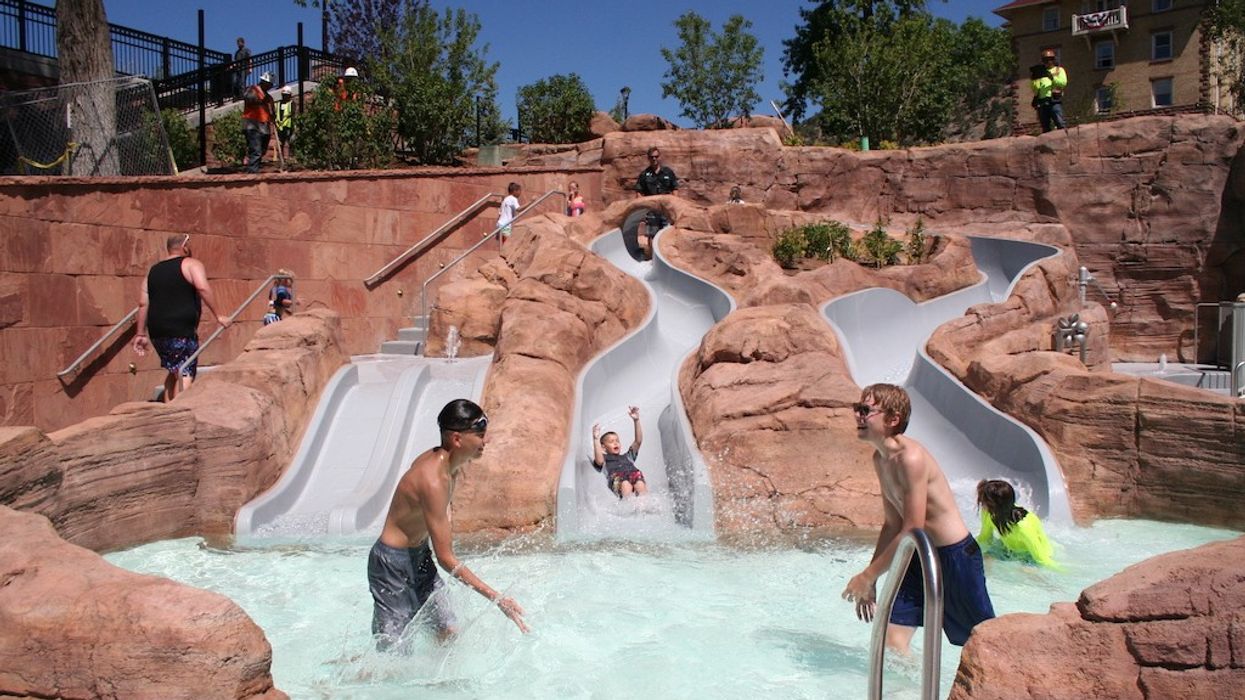


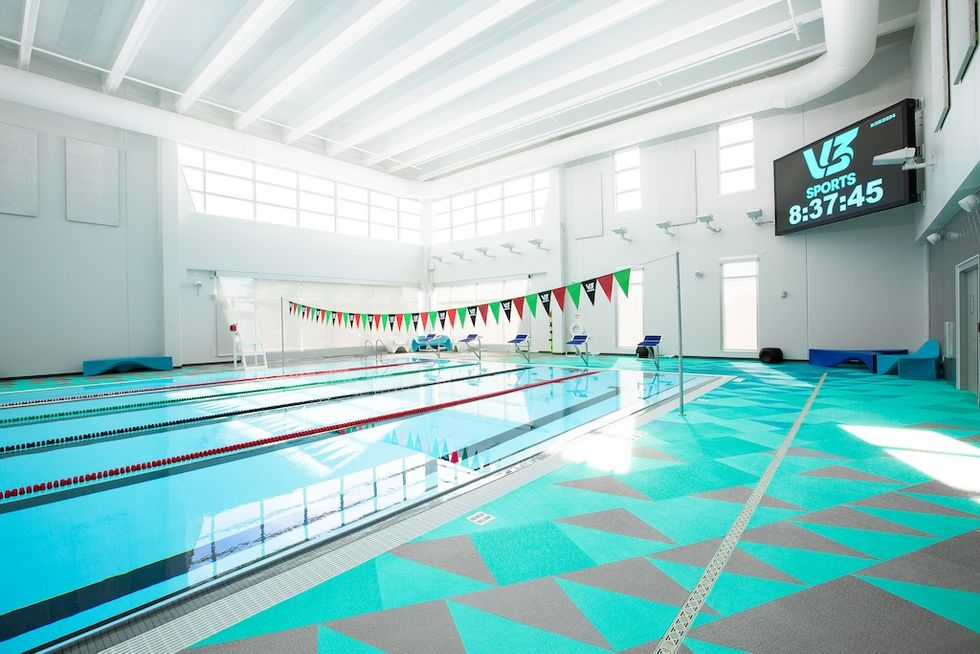
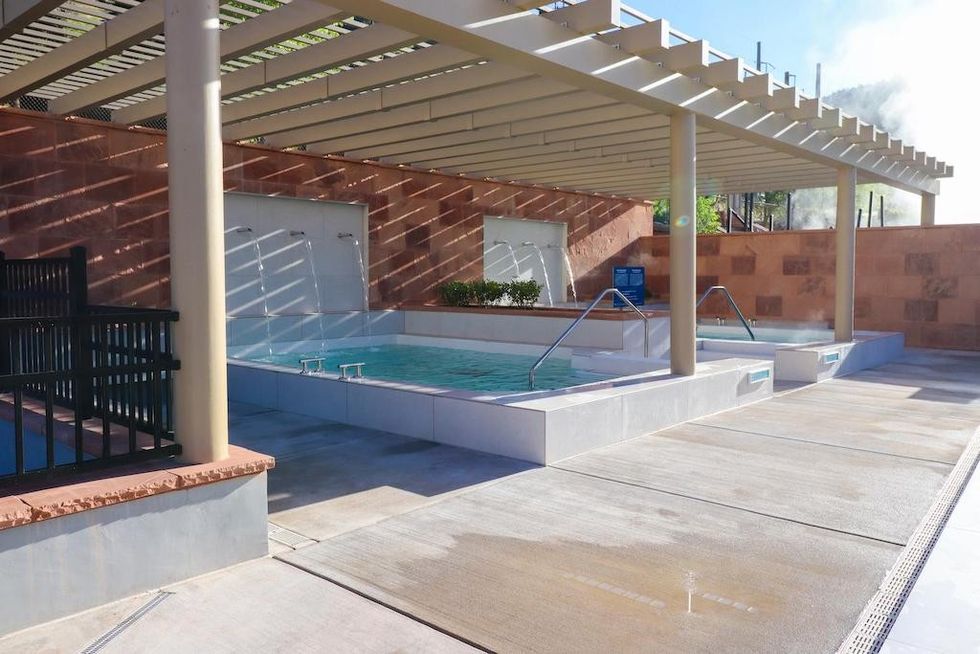

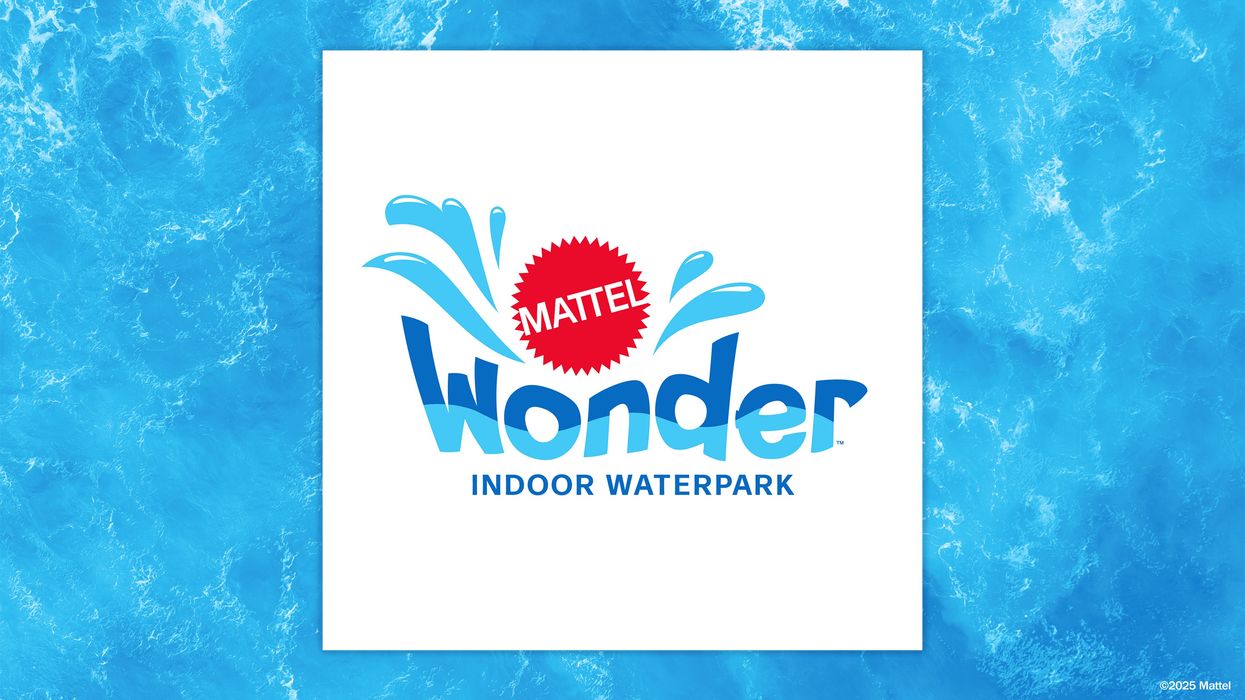
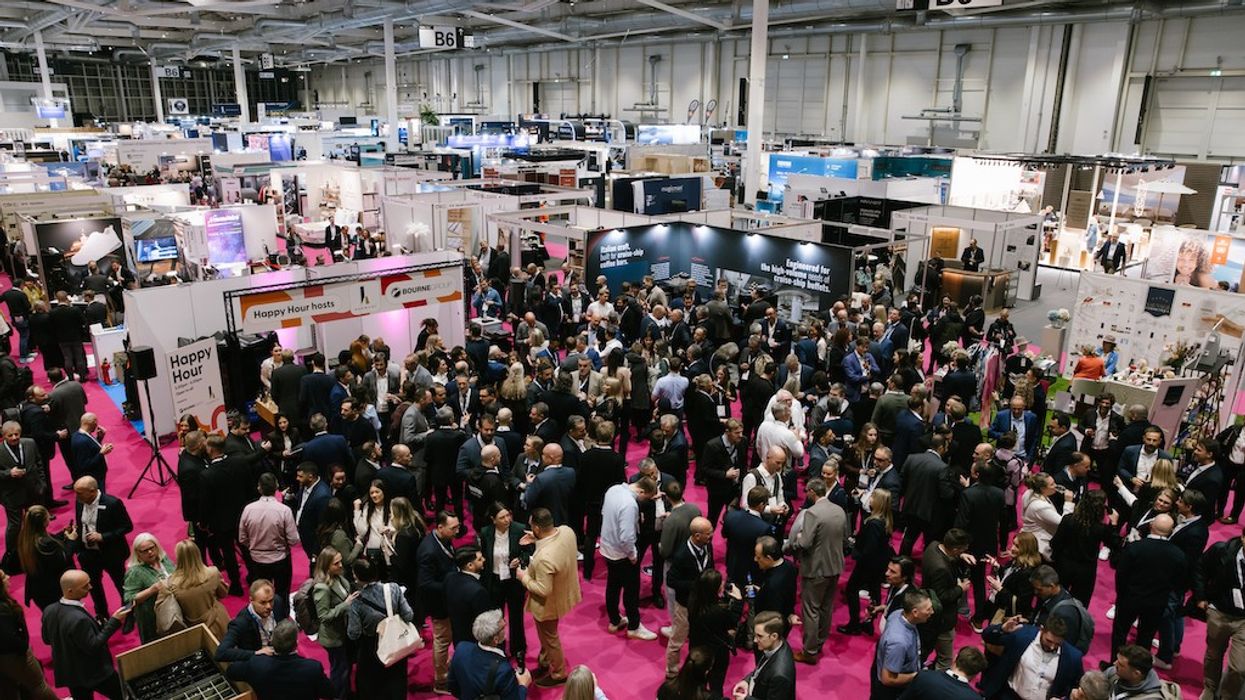

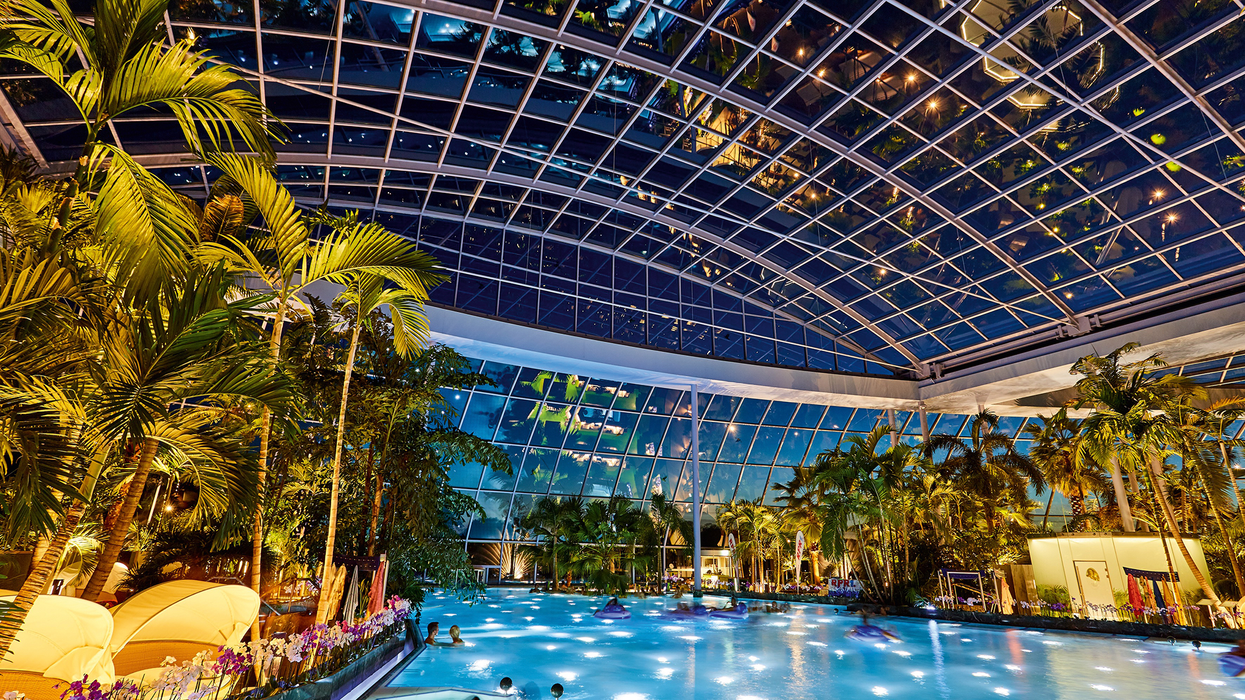
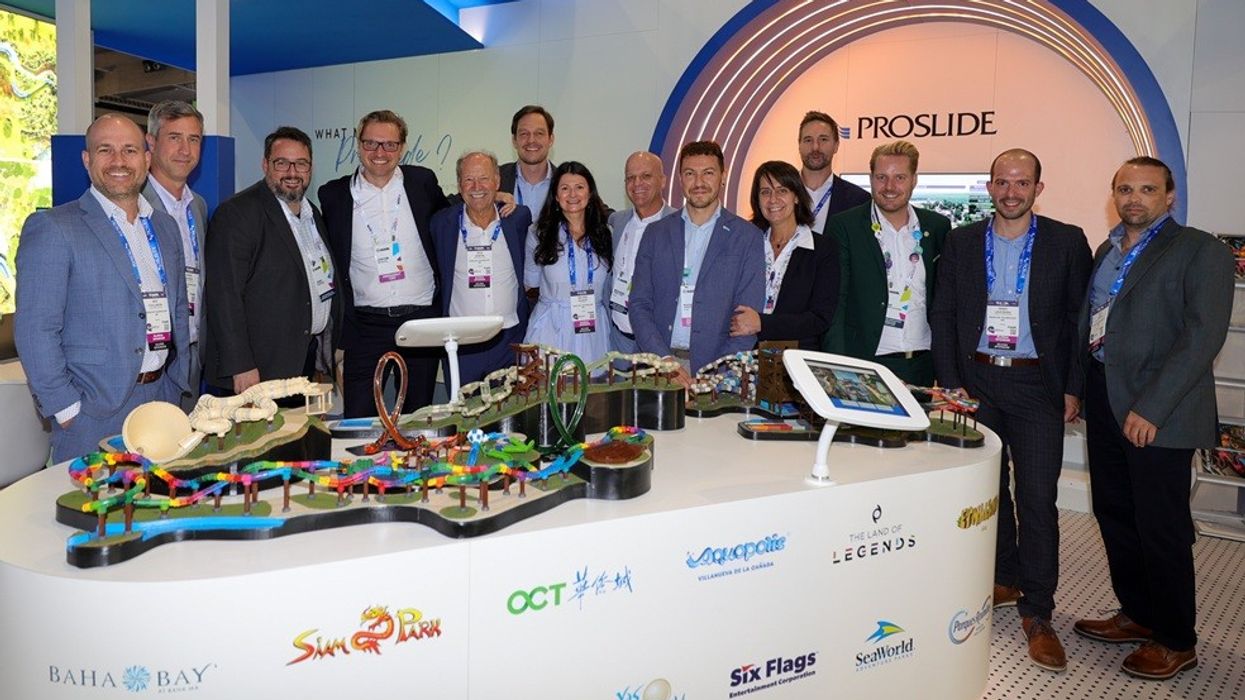
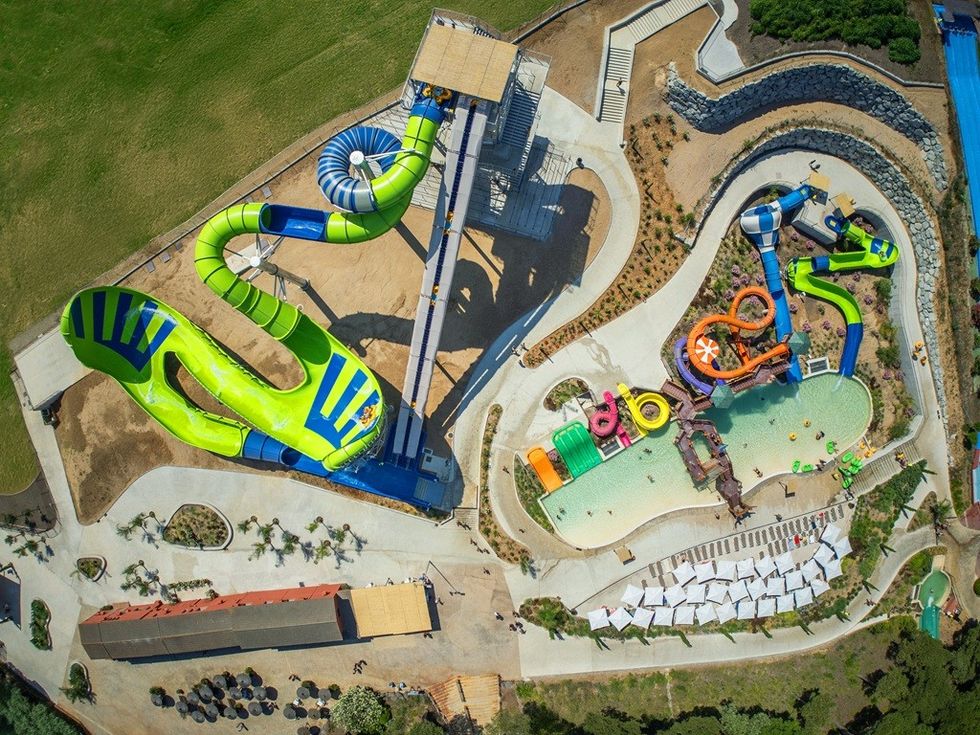 Water World, Lloret de Mar
Water World, Lloret de Mar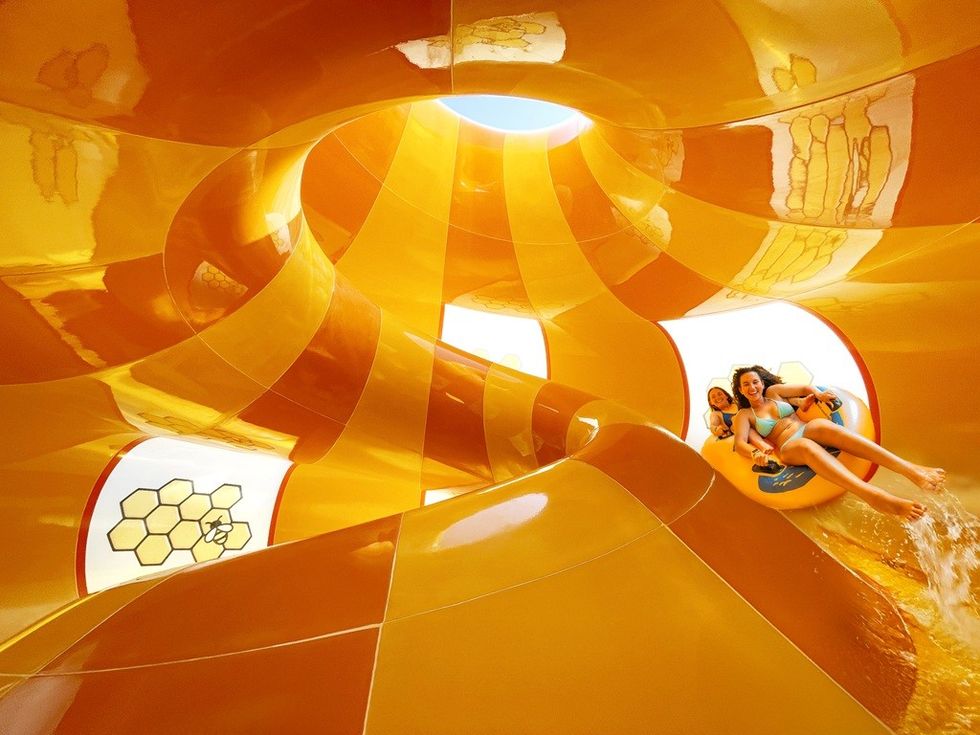 HIVE 20 by ProSlide at Zoombezi Bay
HIVE 20 by ProSlide at Zoombezi Bay